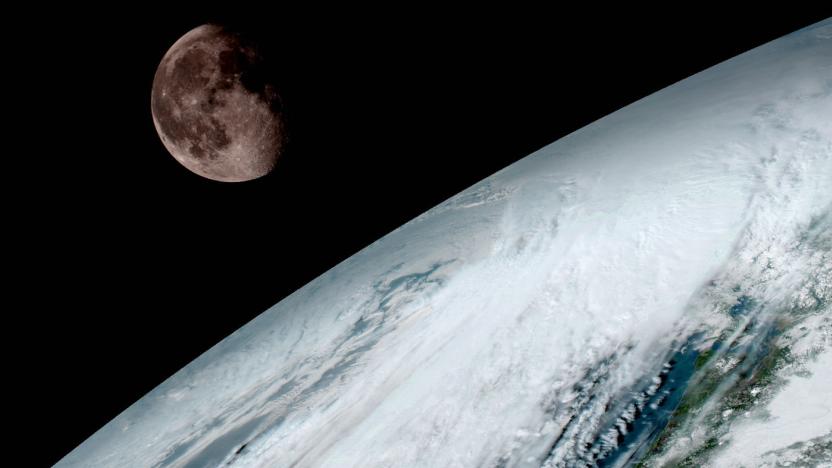goes-16
Latest

NOAA's GOES-16 weather satellite takes its first solar images
NOAA's next-gen weather satellite GOES-16 beamed back photos of the Earth and the moon back in January, but that was just a taste of what it can do. Now, the Solar Ultraviolet Imager (SUVI) onboard the satellite has taken its first solar images, and NOAA has stitched them together to create a video that you can watch after the break. The images, taken on January 29th, show a large coronal hole in the sun's southern hemisphere. Coronal holes are parts of the solar surface where the corona (or outer atmosphere) looks darker than usual.

NOAA's next-gen weather satellite sends back its first images
NOAA's and NASA's GOES-R weather satellite has beamed back its first set of images, a couple of months after it left the planet. The spacecraft that's now known as GOES-16 used its Advanced Baseline Imager (ABI) instrument to capture photos, including the one you see above featuring the moon and the Earth's surface. GOES-16 was designed to be able to capture images at five times the speed and four times the resolution of older GOES satellites. It can take a photo of the whole planet every 15 minutes and of continental US every 5 minutes from its geostationary orbit 22,300 miles above Earth.
